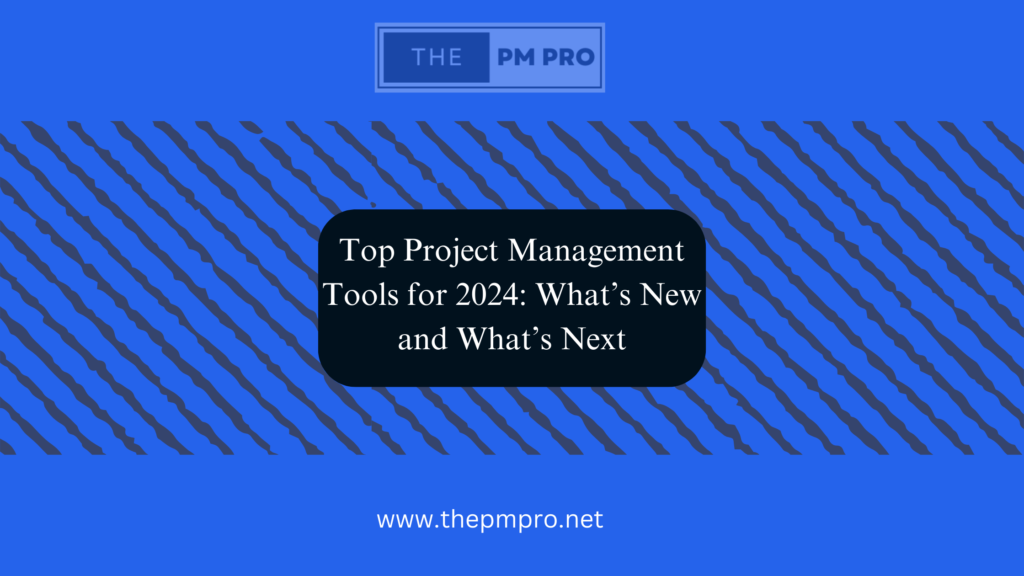In this article, we’ll share the 7 steps for project budgeting.

A well-defined project budget ensures accurate planning, cost estimation, and resource allocation. Comparing your actual expenses against the forecast allows you to identify overspending early and adjust as needed.
It also enables you to manage costs that are unexpected by allocating funds for contingency, reducing the overruns risk. A thorough budget keeps all stakeholders aligned, develops client trust, and helps project succeed.
The 7 Steps to Create a Project Budget
Define the Scope
Start with an outline of the scope of the project. This helps determine the required time, resources, and costs for each project phase. A thoroughly defined scope aligns stakeholders, prevents misunderstandings, and sets you up for accurate cost estimation.
Decompose Costs
Decompose the project into manageable, smaller tasks, and assign costs for each task. This includes the estimation of materials, labor, and overhead expenses. Decomposing costs offers transparency and makes it easy to track overruns and savings opportunities.
Estimate Costs
Cost estimation is crucial for project budget success. Use data from industry standards, past projects, or subject matter experts to forecast expenses. Consider labor rates, inflation, and material costs that can affect the budget. An accurate estimation helps ensure alignment and avoid overruns.
Add Contingency Reserves
Uncertainties are part of every project, so adding a contingency reserve is critical for the budget. Set aside 20% of the budget for flexibility when unexpected risks or costs occur. These act as a safety net for your financials and keep the project on track in challenging times.
Allocate Resources
Assign the required materials and people according to the budget line and each task. Consider the timelines, skills, and costs in each allocation. This allows for efficient use of resources and control of costs for the project.
Monitor Budgets in real-time
Track projected budget versus actual expenses continuously. Regular monitoring identifies signs of unexpected costs and overspending. Make adjustments when issues arise to keep the budget controlled.
Collaborate with Clients
Collaborate with your clients to get insights into potential risks, resource needs, and financial constraints. It helps identify areas for saving opportunities and funding.
Key to Successful Project Budgeting
A successful project budget requires careful allocation of resources, accurate planning, strong client collaboration, and continuous monitoring.
A thorough budget helps track progress and acts as a basis project foundation, ensuring goals are met and decisions are guided. The importance of budget reviews, planning, and learning from previous projects cannot be ignored.
When you apply these best practices, the chances of project completion within budget and on time increase. A project budget is about keeping costs down, client satisfaction, delivering value, and controlling the project’s financial health from initiation to finishing.
7 Steps for Project Budgeting- FAQs
How important is budget in project management?
An approved and accepted budget helps the project to make progress. The budget information advises stakeholders and financiers on the amount of money they must provide, when they should release it, and where the money is applied.
What is the total project budget?
The project budget is a combination of the costs of all tasks, activities, and milestones. It is the total money you need for project completion and that should be approved by project stakeholders.
What is the purpose of a project budget?
The project budget is used to estimate the total project cost. A template for the project budget includes details of cost estimates that will be incurred before project completion. Large projects have a budget of several pages.
What role is responsible for the project budget?
The financial officer and the project manager leads the projects and makes sure that it is completed within the timeframe and budget.
Do follow our Tools and Techniques Section for more relevant articles

